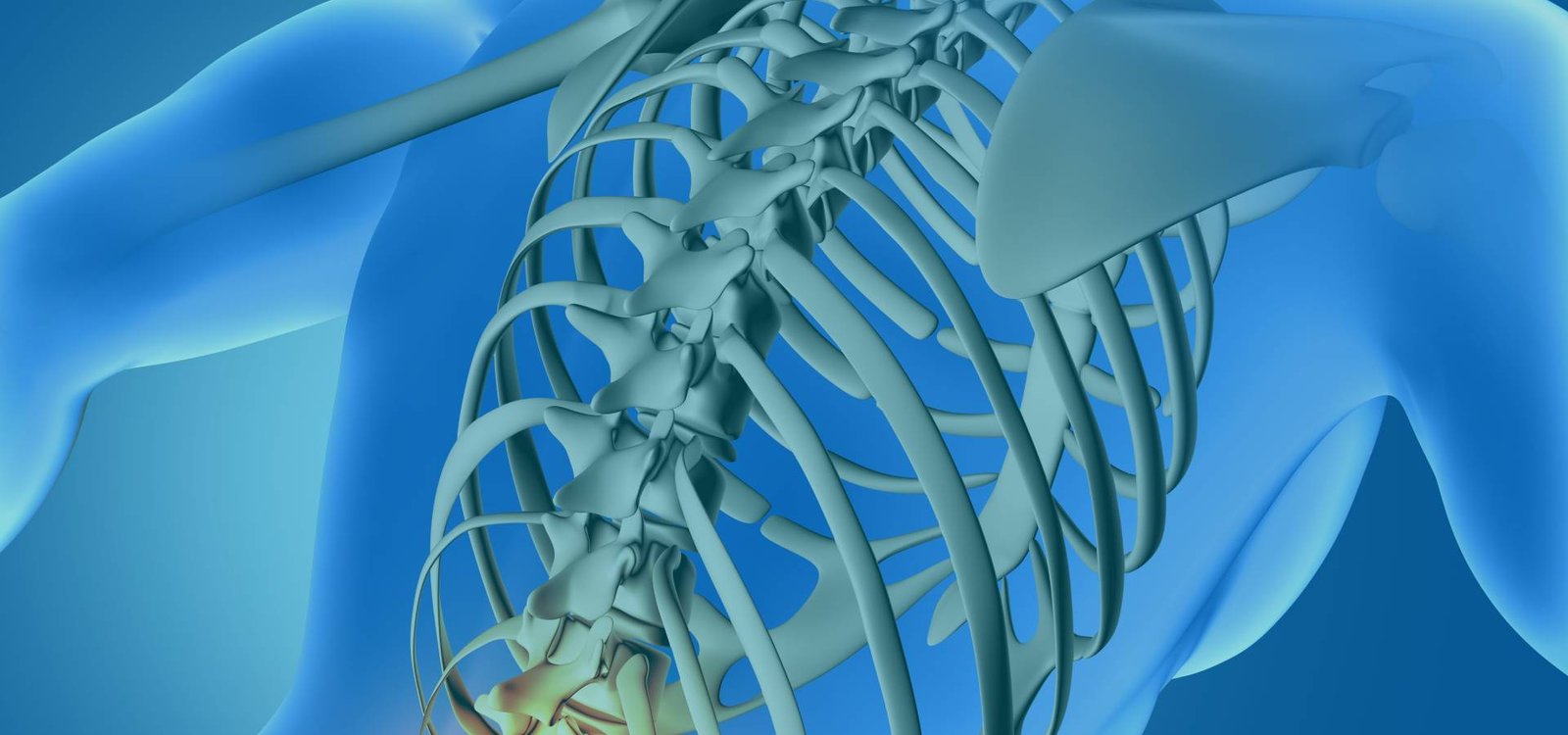Microscopic/endoscopic discectomy
A microdiscectomy is a surgical approach for the treatment of sciatica, caused by lumbar disc herniation. In this type of surgery, a small section of the disc underneath the nerve root/bone is removed. An open surgery, another name for microdiscectomy, utilises minimally invasive techniques and is performed with a relatively smaller invasion and damage to the tissues. An endoscopic spine surgery is the least invasive type of surgical procedure. It is employed when patients suffering from pain require relief from a condition of the spine causing sciatica.
Comparing endoscopic and microscopic discectomy
Both endoscopic and microscopic surgery involve minimum invasion. There are advantages to both types. During endoscopic surgeries, the surgeon visualizes the internal structure of the spine using an endoscope. Microscopic surgeries are performed using high-power microscope, allowing for a better visual field and lower disruption of the sift tissue.


Dr. Yugal Karkhur
MBBS, M.S. (Orthopedics)
DNB (Orthopedics)
A U.S. fellowship certified hip and knee replacement surgeon
Awarded with the Young Ambassador Award by the Asia Pacific Orthopedic Association in the year 2016.
Contact us for more information or book an appointment
FAQs
How does a discectomy surgery differ from a microdiscectomy?
Discectomy is a type of surgery that helps remove the lumbar herniated disc in the lower back. A microdiscectomy utilizes a high-power microscopic for greater precision and lower disruption.
How long does it take to recover from a microdiscectomy?
The approximate total recovery time is 4 to 6 weeks
How successful is endoscopic discectomy?
The success rate of an endoscopic discectomy is 90 percent
Is discectomy safe?
Lumbar endoscopic discectomy is a completely safe and minimally invasive surgical procedure.
Can microdiscectomy be considered as a major surgery?
The recovery times for microdiscectomy are generally faster than other types of invasive spinal surgeries.


